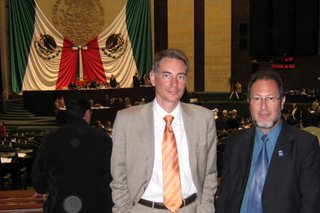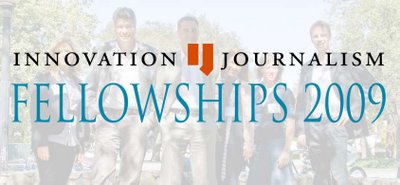 Maastricht - October 16, 2008
Maastricht - October 16, 2008
To share or not to share: this is a question which has already been answered. Now a group of thinkers will gather in the Netherlands to discuss the more complicated quandary: How?
Innovation thinkers like David Nordfors of Stanford University and Richard Allan Horning, a Silicon Valley insider, will join intellectual property experts like Anthony Falzone, a lecturer/litigator for a free conference at the European Journalism Centre.
They will analyse the moving intersection of copyright and innovation from several sides. Innovation in the realm of intellectual property is ongoing; it is perhaps most visible in the proliferation of Creative Commons licensing.
The conference, titled Innovation Journalism: Copyright and the Use of Creative Commons, will be held Thursday, 13 November, at the main office of the European Journalism Centre. The EJC is located in the heart of Maastricht, a picturesque southernmost city in the Netherlands.
To register, please e-mail Bianca Lemmens or Anniek Reintjens.
The Dutch Ministry of Education, Culture and Science will sponsor this one-day event.
This is the second in an EJC series of innovation seminars held in Maastricht. Last year’s event focused on Innovation Journalism at large.
During that conference, Nordfors, who is originally from Sweden, stressed the benefit of innovation in a democratic society and the need to understand innovative processes and ecosystems through Innovation Journalism. InJo treats innovation as a topic and follows its development in technology, business, politics, etc.
If innovation could be covered as a distinct topic within the mainstream media, society would be better able to understand the processes which are behind it and contribute to its development, Nordfors said.
This year’s event will concern itself with the role of copyright within the innovation sphere. This free seminar has limited space, so please contact the EJC as soon as possible in order to guarantee your spot.


















